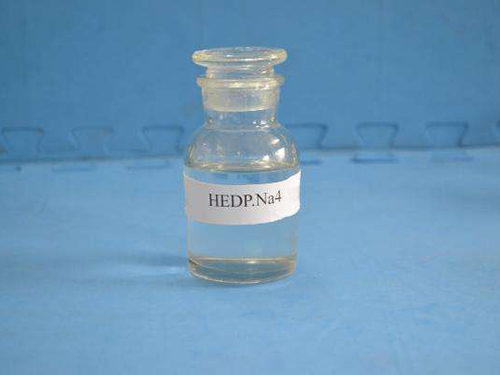Effective Flocculants for Enhancing Water Treatment Processes and Purification Techniques
Flocculant Chemicals for Water Treatment An Essential Component for Clean Water
Water is a vital resource for life, and ensuring its cleanliness is critical for public health, environmental sustainability, and industrial processes. Among the various methods utilized for water purification, the use of flocculant chemicals has emerged as a potent solution to improve water quality. This article explores the role of flocculants in water treatment, their types, applications, and the benefits they provide.
What Are Flocculants?
Flocculants are chemical agents that promote the agglomeration of particles in water, facilitating their separation and removal. These chemicals work by neutralizing the electrical charges on suspended particles, allowing them to clump together and form larger aggregates called flocs. The formation of flocs increases the efficiency of subsequent processes such as sedimentation and filtration, contributing to clearer and cleaner water.
Types of Flocculants
Flocculants can be broadly categorized into two types natural and synthetic flocculants.
1. Natural Flocculants Derived from plant and animal sources, natural flocculants are biodegradable and often considered environmentally friendly. Common examples include starches, proteins, and derivatives from seaweed like alginates. These flocculants are particularly useful in applications where chemical residues must be minimized.
2. Synthetic Flocculants These are man-made polymers that are widely used due to their effectiveness and specificity. Synthetic flocculants are available in various forms, including anionic, cationic, and non-ionic types, which allows for tailored applications depending on the nature of the water being treated. Polyaluminium chloride (PAC) and polyacrylamide are two commonly used synthetic flocculants.
Applications of Flocculants in Water Treatment
Flocculants are employed in numerous water treatment processes, including
- Municipal Drinking Water Treatment In municipal water treatment facilities, flocculants help remove turbidity and particulate matter, ensuring that the water meets safety standards for drinking
.flocculant chemicals for water treatment

- Wastewater Treatment In industrial and municipal wastewater treatment, flocculants assist in the removal of suspended solids, oils, and heavy metals. This step is crucial for reducing environmental pollution and complying with regulations.
- Mining Industry In the mining sector, flocculants are used to enhance the recovery of valuable minerals and reduce the volume of sludge generated during ore processing.
- Food and Beverage Industry Flocculants help clarify liquids, such as fruit juices and beverages, by removing impurities, which improves aesthetic quality and extends shelf life.
Benefits of Using Flocculants
The use of flocculant chemicals in water treatment offers several advantages
1. Enhanced Water Quality Flocculants improve the clarity of water by effectively removing suspended particles, making it suitable for industrial and potable use.
2. Cost-Effectiveness By reducing the volume of sludge and improving the efficiency of filtration processes, flocculants can lower operational costs in water treatment facilities.
3. Rapid Processing Flocculation allows for quicker separation of solids from liquids, enabling faster treatment times and more efficient processing operations.
4. Environmental Sustainability Natural flocculants often have less environmental impact and contribute to sustainable practices in water treatment.
Conclusion
In conclusion, flocculant chemicals play a crucial role in modern water treatment processes. They enhance water quality, support various industries, and contribute to sustainable practices. As the world continues to face water scarcity and pollution challenges, the effective use of flocculants will remain a key strategy in ensuring access to clean water. Understanding the types and applications of flocculants will aid industries and municipalities in making informed choices that prioritize public health and environmental integrity.
-
LK-319 Special Scale And Corrosion Inhibitor For Steel Plants: Advanced Solutions for Industrial Water SystemsNewsAug.22,2025
-
Flocculant Water Treatment: Essential Chemical Solutions for Purification ProcessesNewsAug.22,2025
-
Isothiazolinones: Versatile Microbial Control Agents for Industrial and Consumer ApplicationsNewsAug.22,2025
-
Scale Inhibitor: Key Solutions for Water System Scale PreventionNewsAug.22,2025
-
Organophosphonates: Versatile Scale Inhibitors for Industrial Water SystemsNewsAug.22,2025
-
Scale and Corrosion Inhibitor: Essential Chemical Solutions for Water System MaintenanceNewsAug.22,2025





